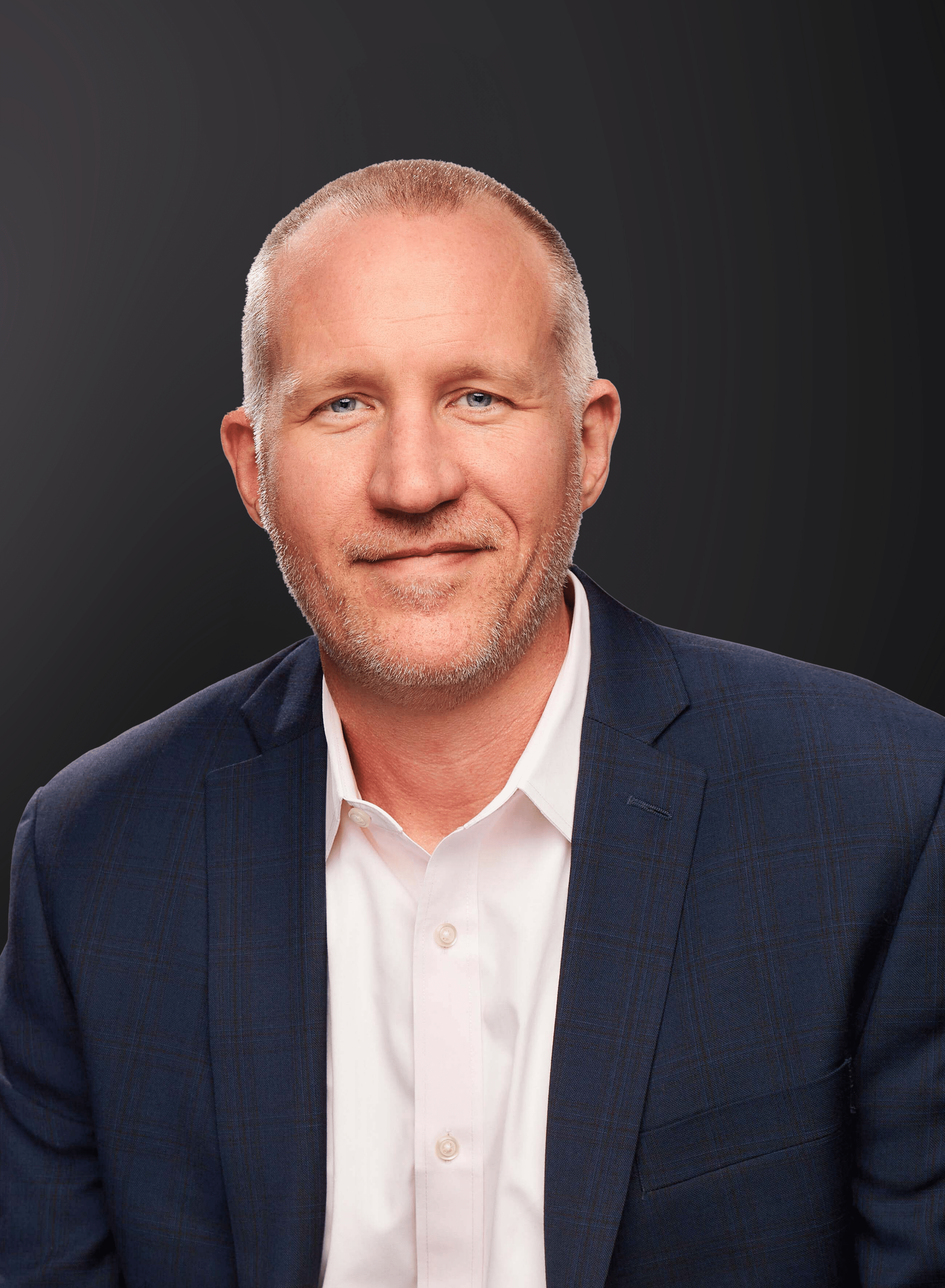At the close of last week’s PPAI Leadership Development Conference, PPAI Board Chair and Fairware CEO Denise Taschereau and PPAI President and CEO Drew Holmgreen sat down with regional association leaders and young professionals for an open town hall.
The open conversation reflected deepened trust in PPAI’s relationship with the regional community and a broader vision for where the industry is heading. Together they touched on everything from community-building and leadership pipelines to artificial intelligence, direct-to-consumer business models and how the Association is positioning the industry for the future.
Improving Relations
Taschereau began with perspective on how far the relationship between PPAI and the regional community has come in recent years.
She recalled that when she joined the PPAI Board “four years ago, the conversations of the Board were kind of hard around regionals.… there was always a little tension around the conversation.” But today, “when we talk about regionals now, it’s like with enthusiasm and optimism, and it’s really anchored in what the potential is and what exists.”

Denise Taschereau
PPAI Board Chair
Taschereau pointed out that the trust between PPAI and the regional community has particularly improved over the last 18 months, and credited Holmgreen’s background with Meeting Professionals International for helping the board see new opportunities. “They have this super robust chapters model, and I know that regionals aren’t chapters, but to have a leader come in with a track record around seeing how place-based community works.… that decision from the board to recognize someone with talent around this area was part of it as well, sort of a breath of fresh air and bringing in a fresh perspective.”
Taschereau said the Board’s focus now includes strengthening connections that already exist. “As we get into 2026, it’s this idea of strengthening community – like, how do we build community?” she said. “There’s a really unique community here.… there’s no other conference on the PPAI ecosystem that does that is just such a great example of community.”
That sense of community, Taschereau suggested, can directly impact the industry’s leadership development. “One of the biggest benefits of this community is talent pipeline into our board,” she said. “The incoming chair is Danny Rosin – he started with regionals. There’s such a pipeline into the PPAI leadership, the Board and committees from this room. How do we make sure that your pipeline into this room is strong as well?”
The creation of LDC’s Young Professionals educational track, which had 37 attendees in 2025, up nearly 20% from 2024, is itself an effort to create the pipeline of industry volunteers for the regional associations.
Taschereau added that “there’s a lot of opportunity in the future to build on regionals and look at different community-type contexts.”
Going Global
Holmgreen, who joined PPAI in January, reflected on lessons from his prior experience at MPI. “The chapters were charter members of MPI, and they were all over the place. The branding was all over the place. Websites, leadership, nothing was consistent.
“Now it’s different for regionals than it is versus the chapters. Regionals, you do have your own brand. You do have your own messaging. You do have your own strategies. However, if we can find a way to make our strategies, our messaging, our kind of high-level push towards elevating merch … if we can start to unify that approach, if we can then provide you with some of these toolkits so that it is now a unified message for across the globe.”
Holmgreen suggested these efforts could apply not just to U.S.-based regional associations, of which 25 are now PPAI members, but to international groups as well.
“I want to make sure that we are singing from the same hymnal,” he said.

Drew Holmgreen
President & CEO, PPAI
An Evolving Market
When asked whether AI-enabled direct-to-consumer business models are on PPAI’s radar, Holmgreen and Taschereau confirmed they are front of mind.
“One thing that we chat about at the Board level, and I talk about all the time, is it’s kind of moving from thinking about our industry as our industry,” Taschereay said. “A word we use at the Board table a lot is the marketplace…. I think there’s a lot of players making merch right now outside our industry, and we should be inviting them in.”
Another audience question posed whether PPAI might help evolve the way distributors are defined or labeled, which dovetailed in certain ways with the AI question.
The industry’s greatest strength remains its human connection, Holmgreen said. “We work in a physical environment – like, we sell physical things to real humans,” he said. “It’s incumbent upon us to get in front of people, create experiences around that and moments and relationships and trust.”
“I don’t have necessarily an answer on changing the nomenclature yet. I get asked a lot if we’re going to change the name of the Association, too. I don’t have an answer on that either. These are all very calculated decisions that need to take place over time. What I would tell you instead is that as opposed to addressing the change in nomenclature at this point, we’re going to focus on changing it at a higher level, and that repositioning and reframing of the industry as a net result is the value that that distributor provides, the definition of what that role means, will, as a result, change as the reframing takes place.”
Taking a microphone in the back of the room, PPAI Chief Marketing Officer Melissa Ralston teased a forthcoming global marketing strategy on the industry’s behalf.


